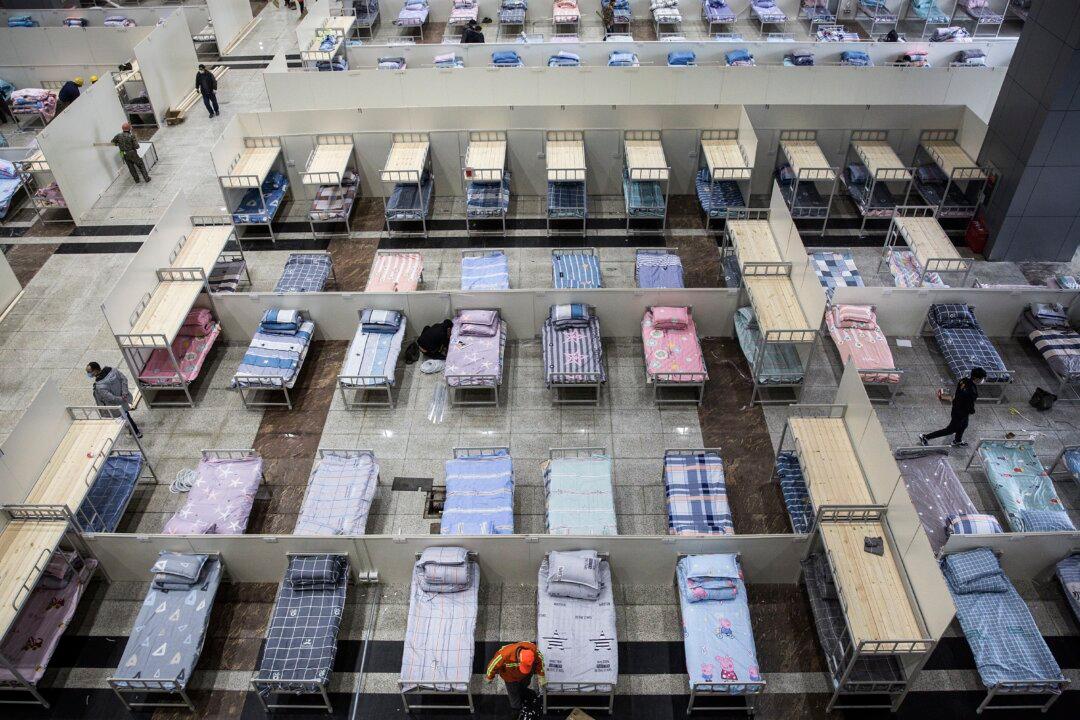Hangzhou, Nanjing, Zhengzhou, and several other major Chinese cities announced new rules on Feb. 4 to enact partial lockdowns, while newly-opened quarantine centers in Wuhan, the epicenter of the coronavirus outbreak, drew widespread concern for its lack of protection from cross-contamination.
Lockdown
Zhengzhou City is the capital of China’s central Henan Province, with a population of 10.12 million as of 2018. Henan lies north of Hubei Province where many Henan residents work.On Feb. 4, the Zhengzhou city government published the latest regulations to stem the spread of the novel coronavirus.





